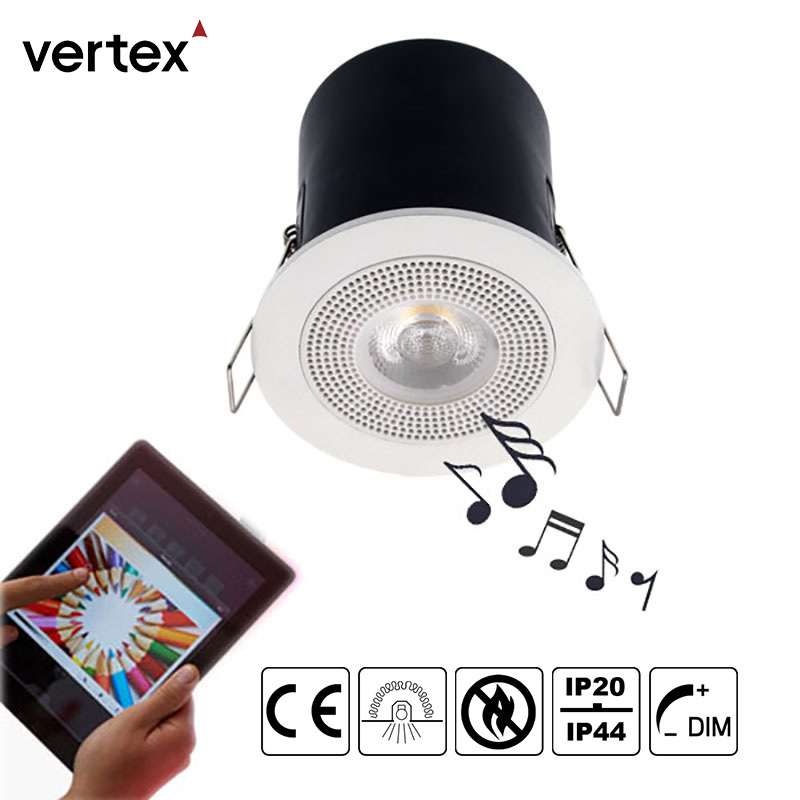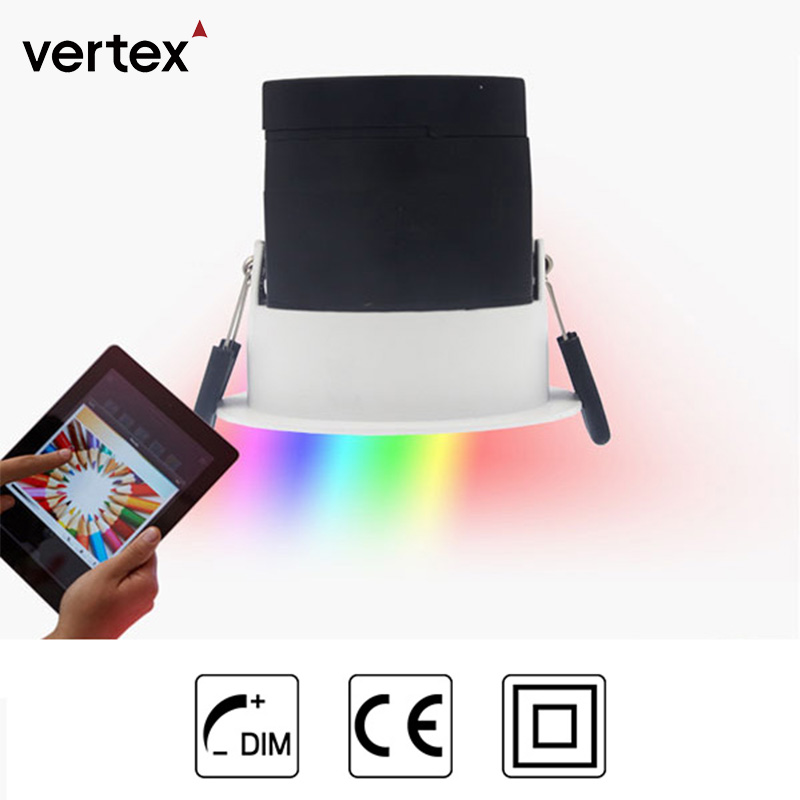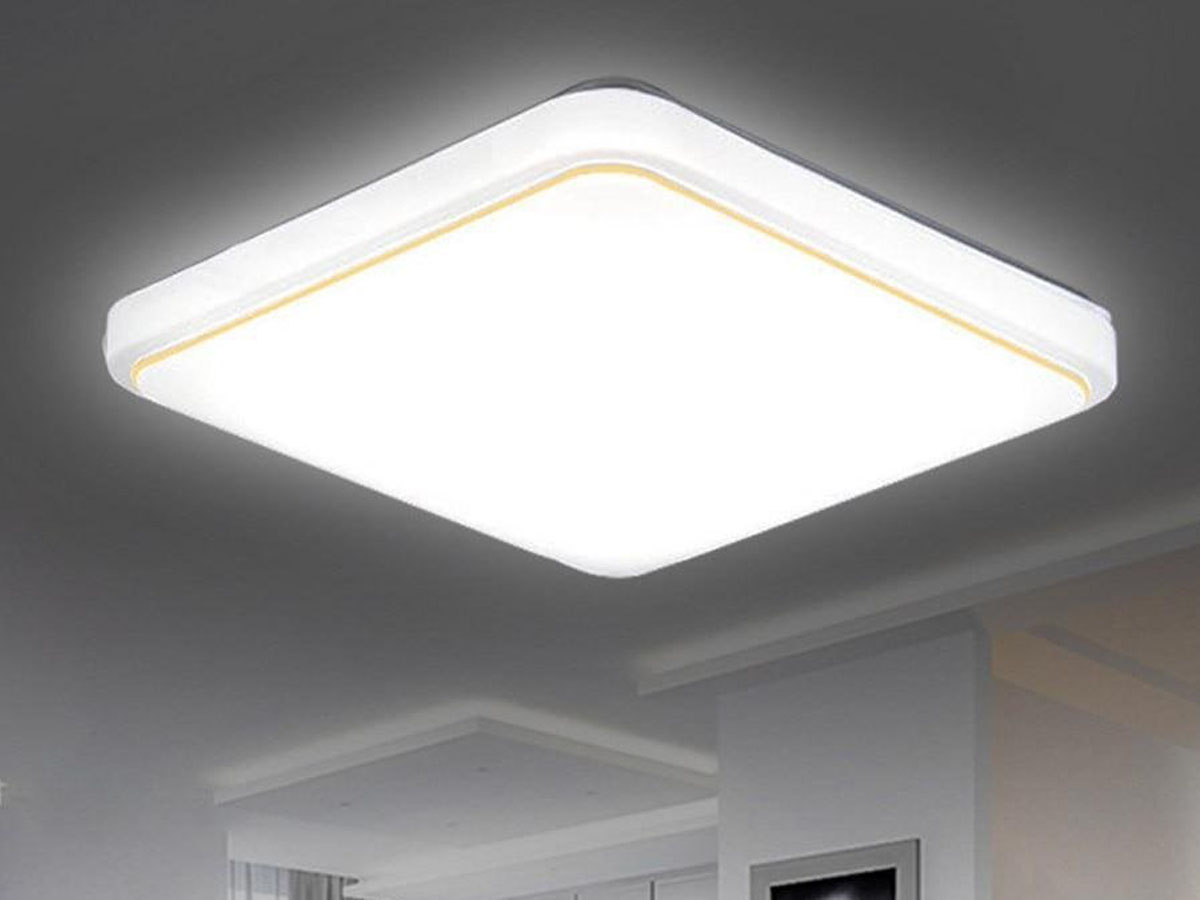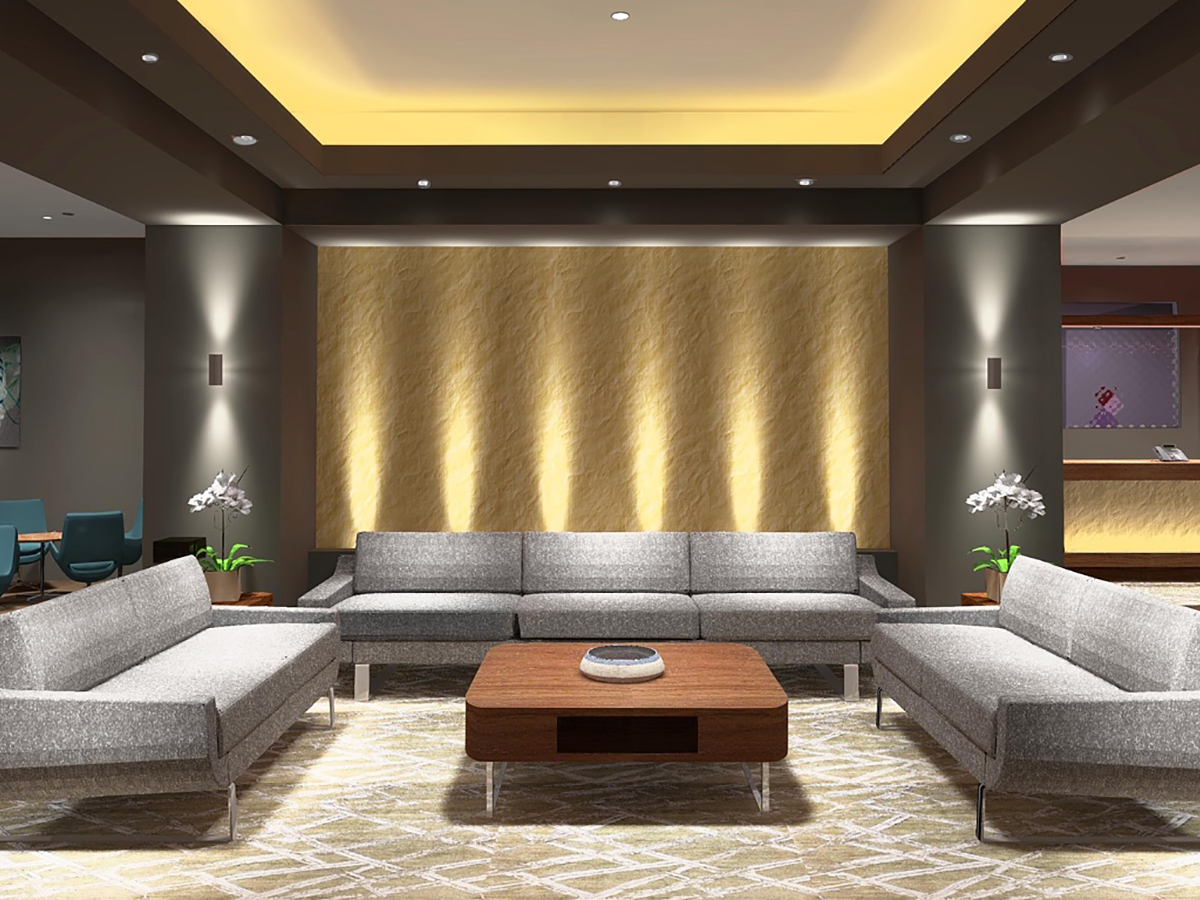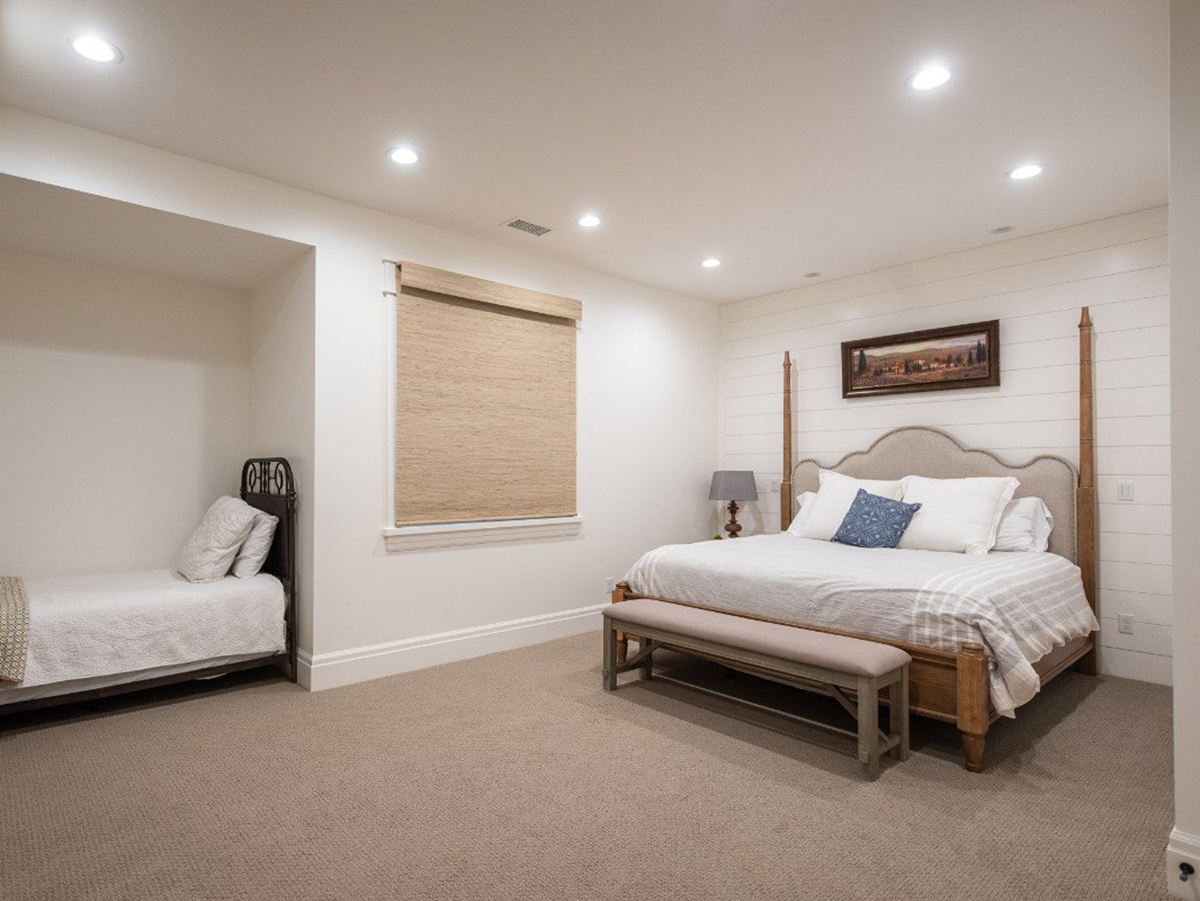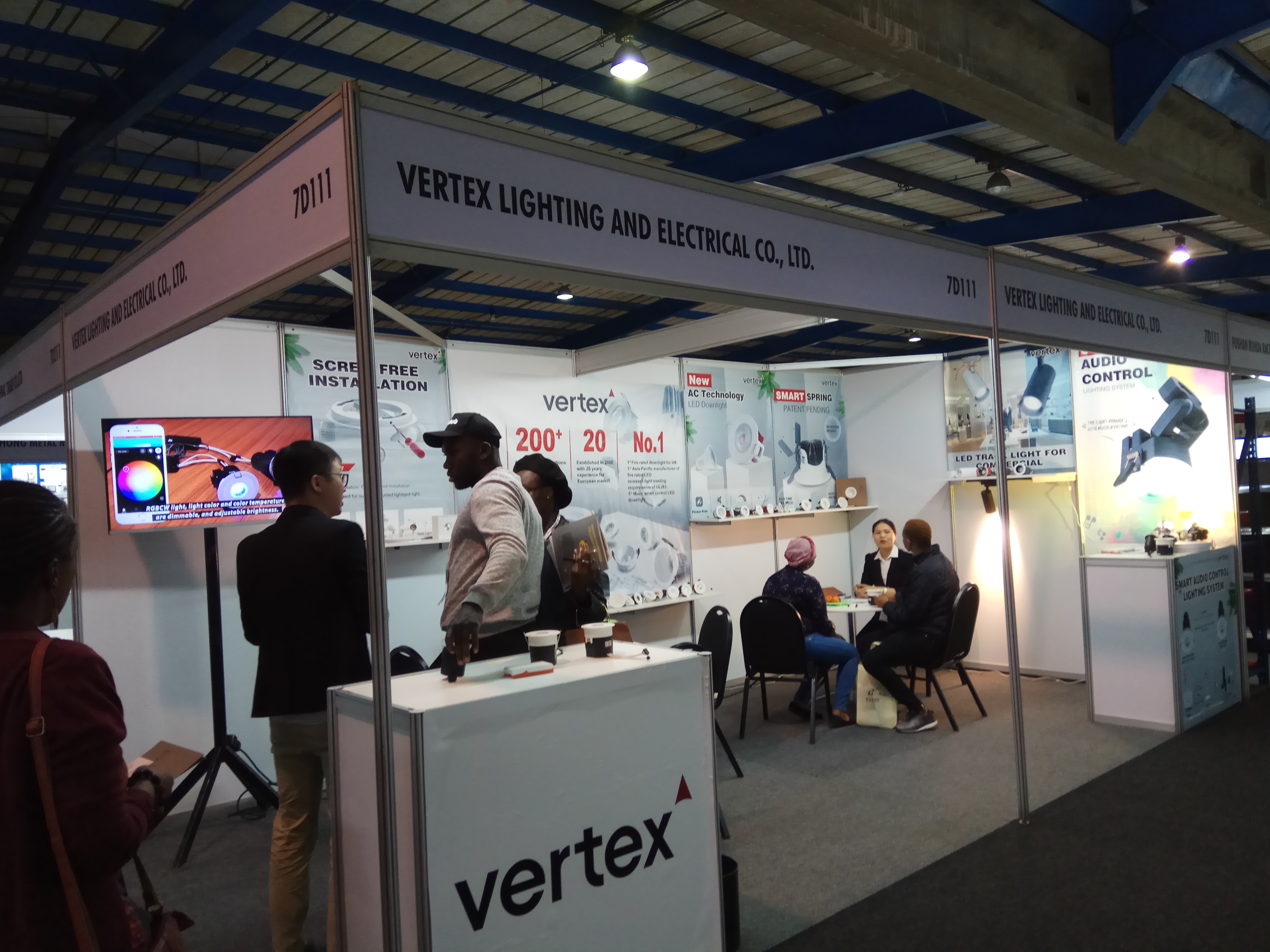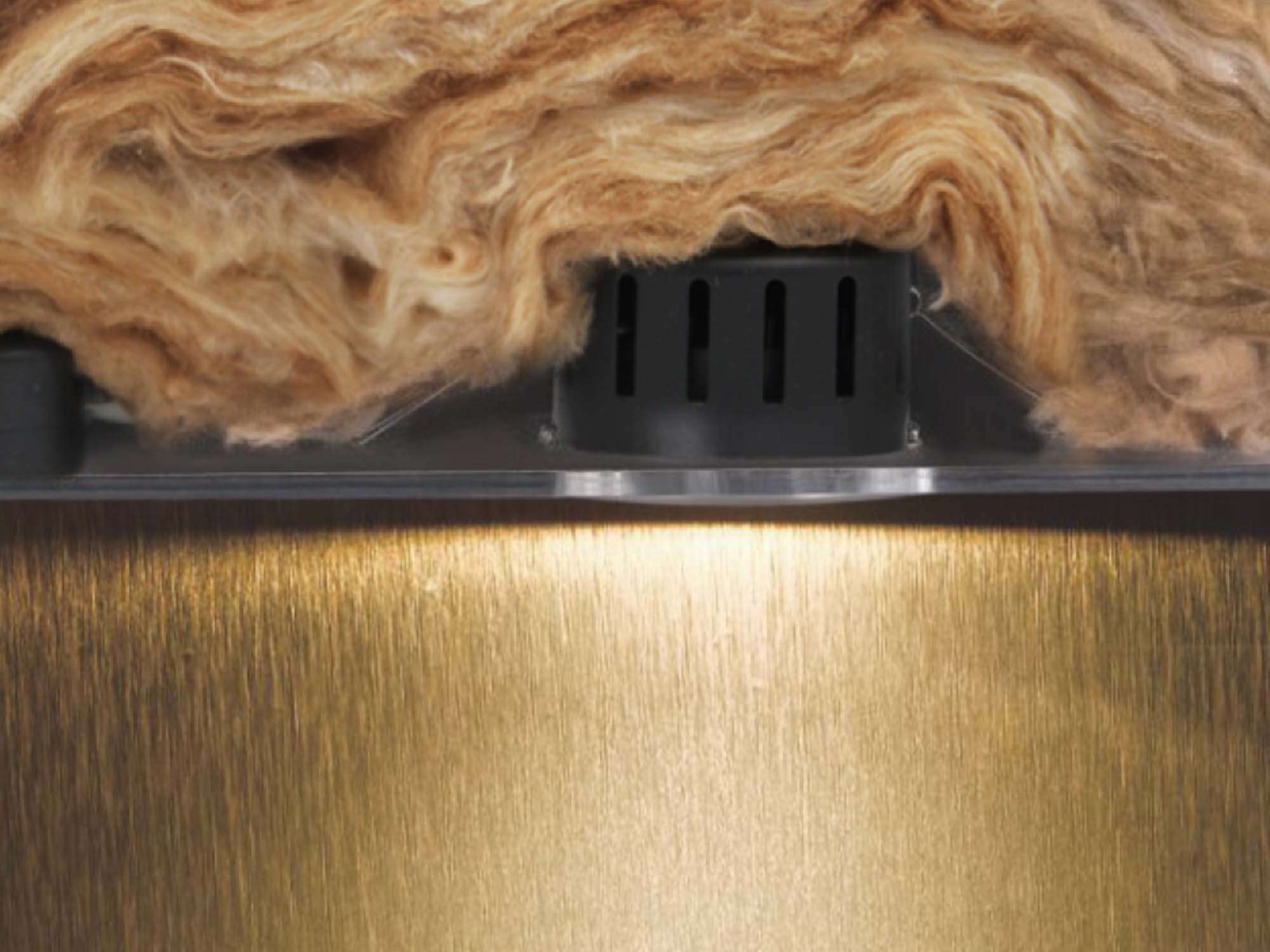Smart downlights have transformed the way we light our homes and workplaces, providing not just efficient lighting solutions but also a variety of smart features that improve convenience, comfort, and energy savings. This article delves into the mechanics of smart downlights, exploring their components, operation, and benefits.
Understanding Smart Downlights
What Are Smart Downlights?
Smart downlights are a type of recessed lighting fixture integrated with smart technology, allowing them to be controlled remotely via smartphone apps, voice commands, or automation systems. These lights combine energy-efficient LED technology with extensive networking capabilities, allowing users to tailor lighting to their specific needs and tastes.
Key Features of Smart Downlights
Remote Control: Operable through mobile apps and smart home systems.
Dimmability: Adjustable brightness to suit different moods and activities.
Color Temperature Adjustment: Ability to change from warm to cool white light.
Color Changing: Some models offer a spectrum of colors for ambiance and decoration.
Scheduling: Timers and schedules can automate lighting based on daily routines.
Energy Monitoring: Track energy consumption to optimize usage.
How Do Smart Downlights Work?
Wi-Fi and Bluetooth Connectivity
Smart downlights connect to a home network via Wi-Fi or Bluetooth. This connectivity enables them to communicate with smartphones, tablets, and other intelligent devices. Some systems may require a central hub, while others connect directly to the network.
Central Controller
The central controller acts as the brain of the smart lighting system. It receives commands from the user through the app or voice assistant and relays them to the downlights. This controller ensures seamless operation and synchronization of multiple lights.
Sensors and Automation
Many smart downlights come equipped with sensors that detect motion, ambient light, or sound. These sensors enable automated reactions, such as turning on lights when someone enters a room or altering brightness based on ambient light levels.
Benefits of Smart Downlights
Convenience
Smart downlights eliminate the need for manual operation. Users can control their lighting from anywhere, whether they are at home or away, providing unparalleled convenience.
Enhanced Security
By scheduling lights to turn on and off at specific times, smart downlights can create the illusion of occupancy, deterring potential intruders. Users can also check and change illumination when away from home using a remote control.
Customization
With the ability to change colors and brightness, smart downlights offer extensive customization options. Users can create different lighting scenes for various activities, such as reading, watching movies, or hosting parties.
Energy Savings
Smart downlights contribute to energy savings by allowing precise control over lighting. Automated schedules and motion sensors ensure that lights are only turned on when necessary, reducing energy consumption.
Challenges and Considerations
Compatibility
Ensuring compatibility with existing smart home systems and devices can be challenging. Users need to verify that their chosen smart downlights integrate seamlessly with their current setup.
Connectivity Issues
Like all smart devices, smart downlights rely on stable wireless connectivity. Connectivity issues can disrupt functioning and control, necessitating a strong home network to maintain consistent operation.
Initial Cost
The initial cost of smart downlights can be higher than traditional lighting solutions. However, the long-term benefits in terms of energy savings, convenience, and enhanced features often justify the investment.
Conclusion
Smart downlights represent a significant advancement in lighting technology, offering numerous benefits in terms of energy efficiency, convenience, and personalization
. With continual improvements and innovations, the future of smart downlights appears brighter, offering improved functionality and integration with the ever-expanding smart home ecosystem.
